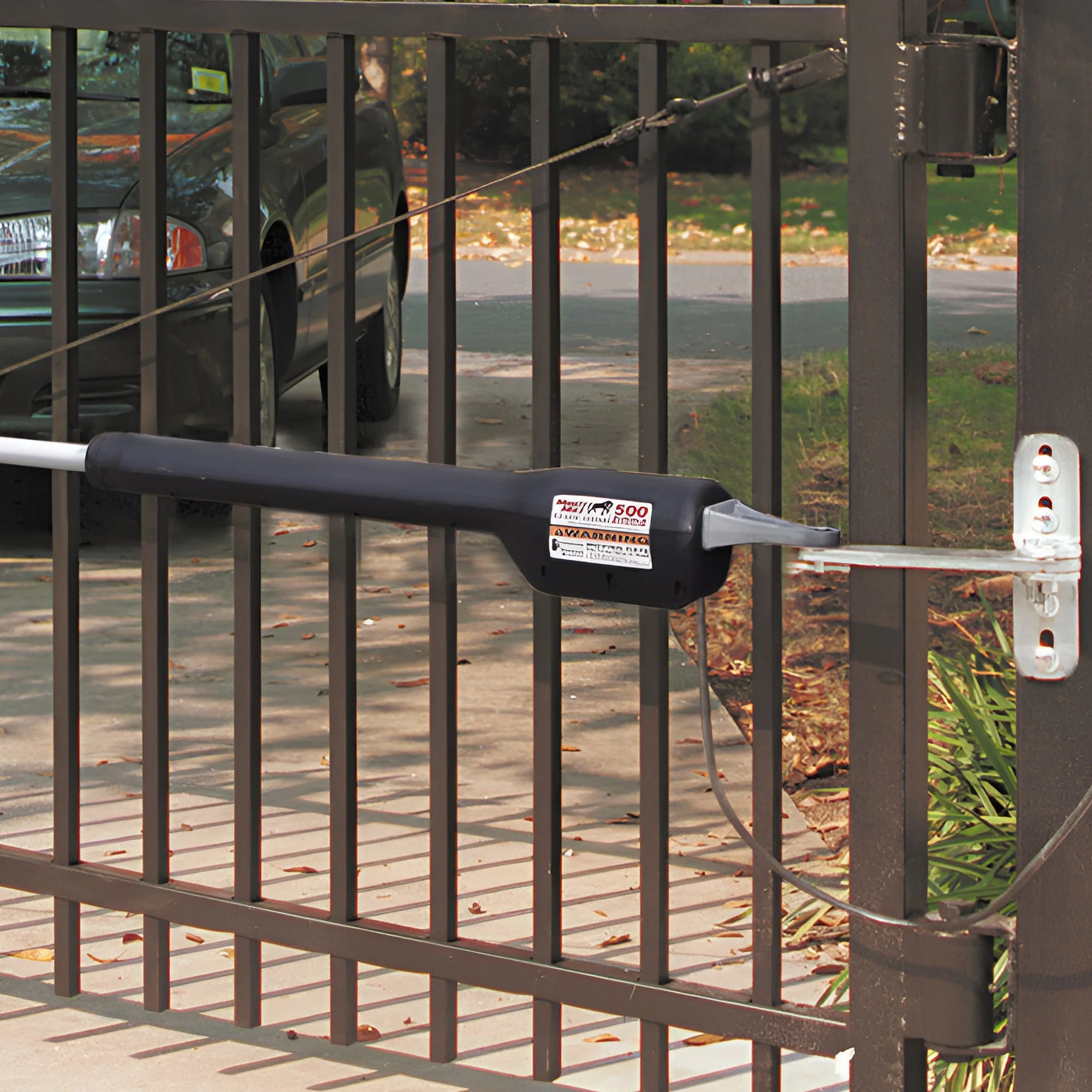The importance of long-lasting roof materials, as highlighted in the Southeast Texas Guide to Long Lasting Roof Materials, stems from their durability and the reduced need for frequent replacements, which positively impacts sustainability.
Metal Roofing
Steel, Aluminum and copper metal roofing Steel and aluminum come in metal roofs with respect for recyclability and longevity. These materials typically contain a substantial share of recycled content and are fully recyclable once they reach the end-of-life. This lessens the requirement of raw materials and reduces waste.
Clay and Concrete Tiles
Another durable, environmentally friendly option: clay and concrete tiles. These materials are made from resources that can be extracted with a relatively low energy overhead and then survive for very long periods—sometimes more than 50 years of use. This is good insulated thermal mass, which means using the surrounding heat of the outdoors and maintaining it indoors for a few minutes or energy savings, giving us some thermal properties.
Slate Roofing
Slate roofing, made from natural stone, offers one of the highest levels of durability among all roofing materials, with lifespans often exceeding a century. It is generated with a bit of processing, but it was minimized to lower the impact on the environment. Additionally, slate tiles can be recycled and thus old tiles to produce need grilles for other types of buildings.
Wood Shakes and Shingles
Wood shakes and wood shingles are made from natural wood, a renewable resource. Not only is wood roofing aesthetically pleasing but it also has some practical benefits as a roof when sourced from sustainable forests. But wood itself is not immune to the hazards of decay and insect damage, and this can mean that wooden signs endure a shorter lifespan than those created with other materials.
By choosing roof materials that last a long time, you can positively impact the environment by reducing waste and conserving resources. In the Southeast Texas Guide to Long Lasting Roof Materials, explore options like metal, clay, concrete, and slate, as well as eco-friendly underlay materials, including sustainably sourced wood. Do think of what type you are going to choose as your home flooring because certain materials can veer on the greener end compared to the others from their production until they degrade.











